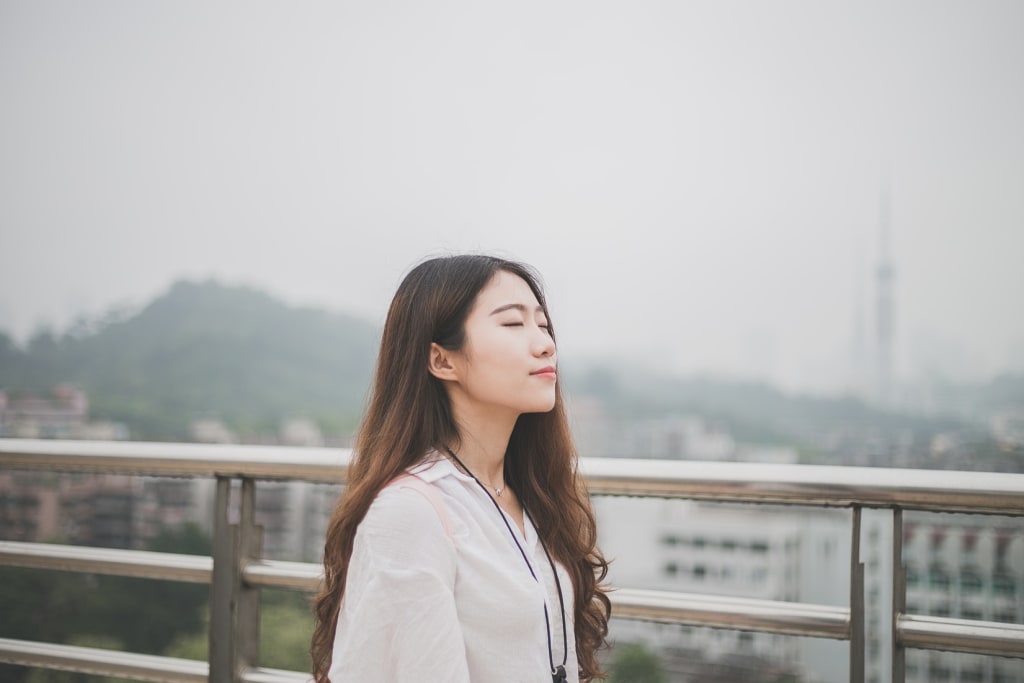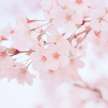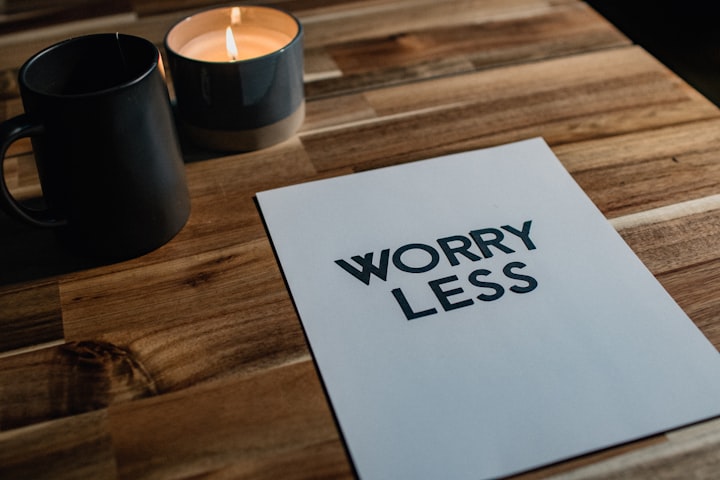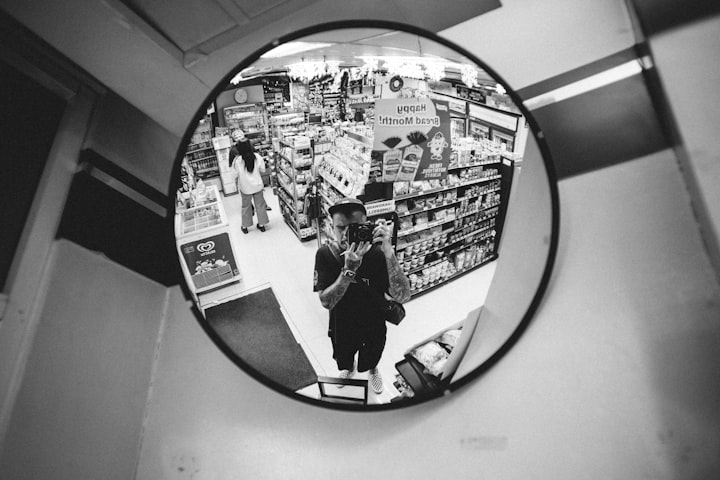The Ultimate Guide to the 10-Step Korean Skincare Routine
A Step-By-Step Explanation of the Skincare Routine That's Taken the Beauty World by Storm

South Korea is renowned for having quality skincare. Over the past couple years, Korean skincare has grabbed the attention of the West with its affordable and highly effective facial products. Korean skincare is also notorious for having a large range of products that may be overwhelming to Westerners who are unfamiliar with such products. The 10-step Korean skincare routine has recently gained attention by its (perceived to be) lengthy, complicated process, and by the people who swear by it. While many people believe they do not have time for a daily 10-step skincare routine, one might be surprised how undemanding the practice actually is.
The most common misconception about the 10-step skincare routine is that you must do all 10-steps, twice a day. This is not true, as not all of the products are meant to be used daily. The 10-steps refer to all of the products you may choose to incorporate into your skincare routine. It is completely up to personal preference what products you choose to use, you do not need to use every single one! However it is completely fine to do so. It is important to tailor the routine to the needs of your skin.
Step One: Cleanser/Double Cleanse
Korean women typically use two cleansers: and oil based cleanser and a water based cleanser. Using these two products in conjunction is known as double cleansing. Start with the oil cleanser to remove makeup, SPF, and other impurities from the skin. Follow up with a water based cleanser to take care of any remaining residue and leave the skin feeling soft and supple. Double cleansing is not necessary in the mornings since there is no makeup or SPF on the skin; a water based cleanser will do just fine.
Step Two: Exfoliate (2-3 Times Per Week)
A gentle, non-abrasive exfoliator is necessary to promote cell turnover and unclog pores. Using exfoliators before applying skincare or facial masks also allows for better product absorption. Some popular choices of exfoliators are scrubs, peeling gels, and konjac sponges.
Step Three: Toners
Unlike Western toners, many Korean toners are moisturizing and generally less abrasive to the skin. Alcohol is known to dry and strip the skin of its natural oils and is usually avoided. However, toners are not always necessary if the face is thoroughly cleansed. Many people opt for pH balancing toners, but it is common for cleansers to already have pH balancing properties. It is up to personal preference whether you chose to use a toner or not.
Step Four: Essence
Essences are fluid, usually of milky or watery texture, and less concentrated than serums. The purpose of essences is to flood the skin with moisture, which allows the rest of your skincare to be better absorbed. Apply essences with fingers, not cotton balls or rounds, to insure that no product is wasted.
Step Five: Serums and Ampoules
Serums are formulated with active ingredients made to target different types of skin concerns. Ampoules are more concentrated versions of serums. These products are considered essentials. Choose serums/ampoules depending on the needs of your skin (dryness, acne, uneven tone, etc).
Step Six: Sheet Masks (1-3 Times Per Week)
Sheet masks are single use, disposable face masks formulated with a serum that you leave on anywhere from 10-30 minutes. They are great for giving your skin a boost of whatever it might need on a given day (moisture, soothing, etc). It is common to use a face mask once or twice a week, however some masks are made to be used daily.
Step Seven: Emulsion
Emulsions have a consistency similar to lotions, but are generally lighter and more milky. They are lighter than a cream and heavier than a serum, but less concentrated. They hydrate and replenish the skin while still allowing it to breathe.
Step Eight: Face Creams and Moisturizers
This step also includes eye creams. A moisturizer is essential as it creates a barrier and locks in all the beneficial ingredients that were just applied, rather than letting them evaporate.
Step 9: Sleeping Mask (PM, 2-3 Times Per Week)
Sleeping masks have a moisturizer-like consistency, but they are full of active ingredients that stay on your skin all night. They are not visible after they have been absorbed into the skin, but it is still important to wash them off in the morning. Some sleeping masks can be used daily in lieu of regular moisturizers.
Step 10: SPF (AM)
SPF is extremely important in keeping the skin healthy and youthful. It is essential in preventing premature aging, sun spots, hyper pigmentation, and skin cancer. SPF is huge in Korea, so there is a great selection of Korean sunscreens that will not feel heavy or leave a white cast on your skin. SPF will not be completely effective if it is lightly applied, so it is best not to rely on makeup products (such as BB cream) containing SPF. SPF should be applied every morning at the end of your skincare routine.
Remember to customize the routine to your skin type and concerns, you may not need to incorporate all 10 steps. With some products, the order of application may be confusing. Always read the product instructions and when in doubt, a good rule to follow is to apply products from lightest to thickest consistency.






Comments
There are no comments for this story
Be the first to respond and start the conversation.